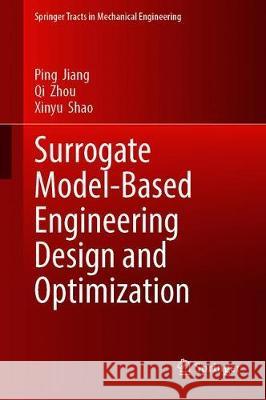Surrogate Model-Based Engineering Design and Optimization » książka
topmenu
Surrogate Model-Based Engineering Design and Optimization
ISBN-13: 9789811507304 / Angielski / Twarda / 2019 / 240 str.
Surrogate Model-Based Engineering Design and Optimization
ISBN-13: 9789811507304 / Angielski / Twarda / 2019 / 240 str.
cena 805,10
(netto: 766,76 VAT: 5%)
Najniższa cena z 30 dni: 693,97
(netto: 766,76 VAT: 5%)
Najniższa cena z 30 dni: 693,97
Termin realizacji zamówienia:
ok. 22 dni roboczych
Dostawa w 2026 r.
ok. 22 dni roboczych
Dostawa w 2026 r.
Darmowa dostawa!
Kategorie:
Kategorie BISAC:
Wydawca:
Springer
Seria wydawnicza:
Język:
Angielski
ISBN-13:
9789811507304
Rok wydania:
2019
Wydanie:
2020
Numer serii:
000466008
Ilość stron:
240
Waga:
0.53 kg
Wymiary:
23.39 x 15.6 x 1.6
Oprawa:
Twarda
Wolumenów:
01
Dodatkowe informacje:
Wydanie ilustrowane











